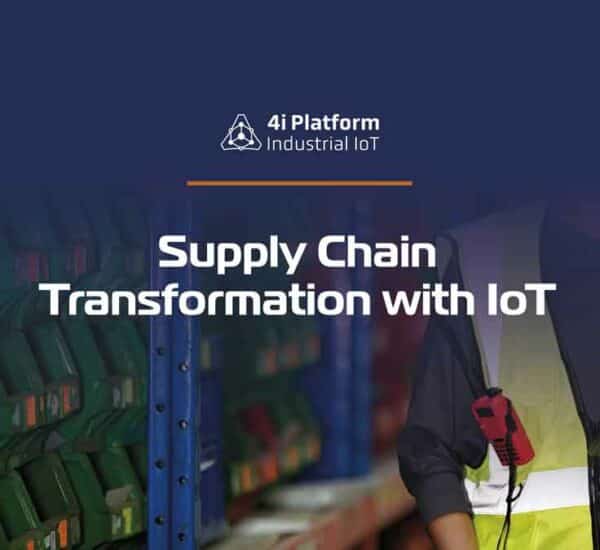The 4th industrial revolution is currently transforming the basis of economic life as we know it. Tech innovation is what drives the 4IR, as it did with the other three revolutions. The advancements during the first three industrial revolutions were steam, electricity, and digital shift. But now, breakthroughs in IoT, automation, big data, and connectivity are driving the fourth.
The 4th industrial revolution will affect industries in the following ways:
- Product life expectancy will surpass that of manufacturing in importance.
- New models of product provision will be available, and the manufacturing process will gain more brand-new processes. This will take some of the manufacturing process’ relative importance. To simplify things, the old model was that producers manufactured products and sold them to customers. The producer-customer relationship ended. As a result, producers only had one chance to make products work during manufacturing. Then, they were left with nothing.
- There will be another way is do things with the “as-a-service” model that has been emerging with 4IR. A subscription model gives an enterprise an opportunity to buy software and IoT-enabled lighting as a service. However, the producer must be concerned with product life expectancy. The producer is still the owner of the product it licenses to customers. The product’s viability is a prerequisite for renewal. Renewals could be contingent on the product becoming better.
Planning and Action Will Easily Work Together
Conventional industry was heavily bureaucratic. All those logistics specialists planning to make sure that supply chains delivered the materials required by the enterprise or that complementing parts were joined when necessary, and so forth.
Manufacturing is still dependent on planning. It is essential for every human enterprise. It is a completely different kind of planning. With the advent of AI and big data, planning can now be integrated into production. It will no longer be a stage that ends prior to the beginning of production.
The new manufacturing process, which combines data, AI, and robotics, will give way to improve logistical chains before any human manager even notices that something is wrong. The plan will become irrelevant; the new system will adjust it in real time and smart IoT-enabled lighting systems will adapt to this new reality without the need for human intervention.
Smart Manufacturing Will Result From Lean Manufacturing
Lean manufacturing aims to lower redundancy and waste in industrial processes. It relies heavily on employee participation and buy-in. Both managers and employees need to identify inefficiencies within their work and suggest solutions.
The 4IR is transforming production. Lean manufacturing is giving way to smart manufacturing. This latter definition, which is based on a variety of the most up-to-date technologies, is not “lean” as we know it. Lean manufacturing refers to removing redundant melodies and their instruments from the orchestral score. Smart manufacturing involves writing complex melodies for more complex instruments.
Yet, this “smart complexity” can lead to an orchestrated system that is more efficient than a traditional lean setup. An IoT-enabled factory can pinpoint exactly where materials and components are in a supply chain, making “lean” methods like “just-in-time” provisioning more efficient.
Saving Money Is Less Important Than Creating New Revenue Streams
The imperative to save money will be less important with the advent of new tech. In order to make money, it will be more important to find new ways to do so. Managers will not be embracing profligacy. They will, however, be open to 4th industrial revolution tech and they will be wise to cultivate them even as they reduce inefficiencies.
One example is the IoT-enabled sensor technology embedded in new turbines will produce valuable data that testifies to the attrition rate of components, how much energy the machinery uses, and other information. Manufacturers have the opportunity to offer profitable predictive maintenance services and branch out. In addition, it can also offer broader consulting services that help you maximize the life of your machines. Now, another scenario is data that shows how users “hack” or customize gear to give manufacturers ideas for new products.
Information Will Replace Experience as the Basis of Decision-Making
Prediction and planning will be like exact sciences in a new industrial environment where there is so much real-time data that it overwhelms the human ability to process it. No longer are the days of an experienced manager who inspects a machine to assess its wear and tear.
A machine learning application can easily help calculate the date when a machine will expire. The experienced manager will then be able to apply his or her knowledge in other areas.
These are just five of the many changes that the 4th industrial revolution will make to our production processes. They are just a few of the many changes that we are making as we embark on a journey that will have exciting implications for our economic lives.





